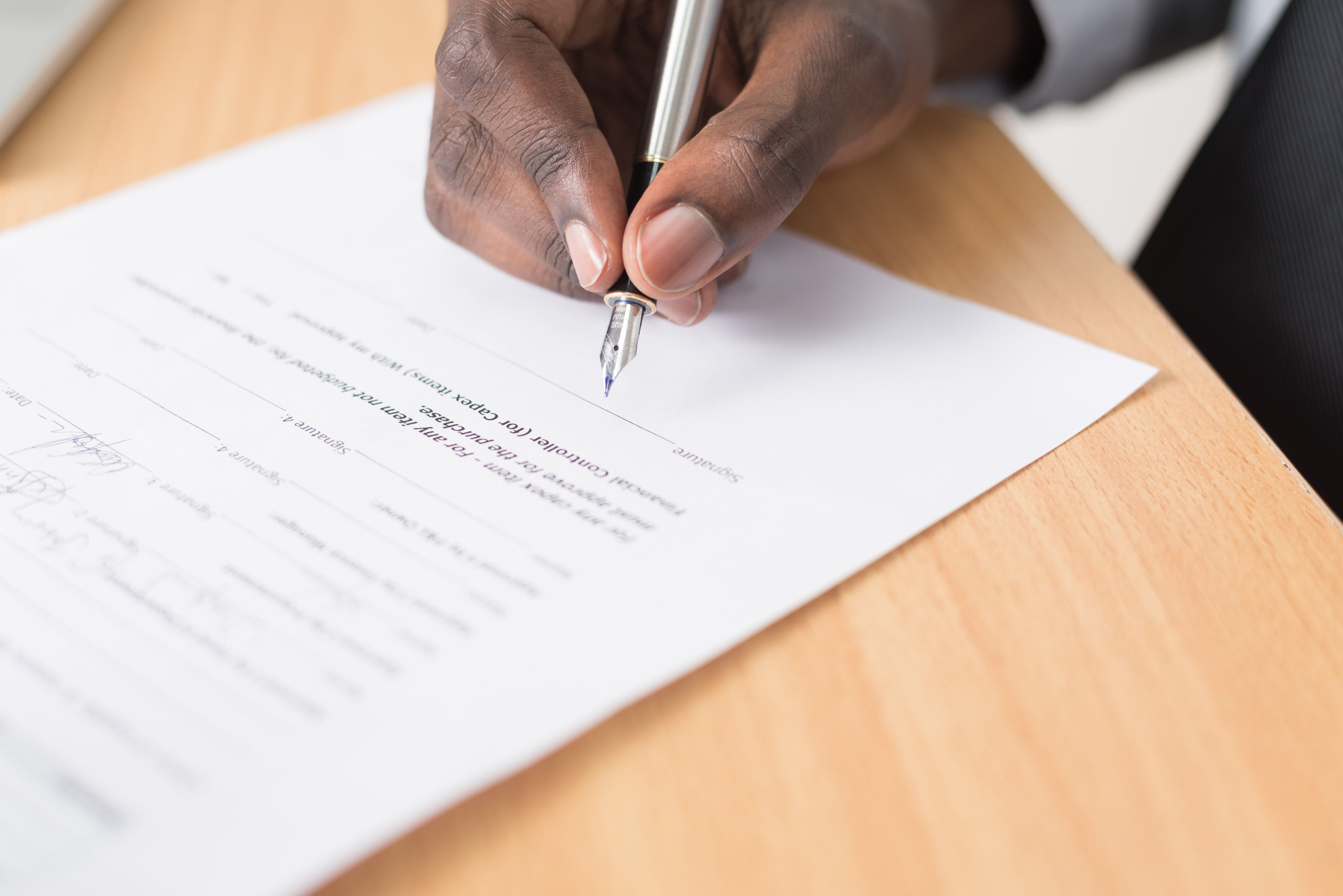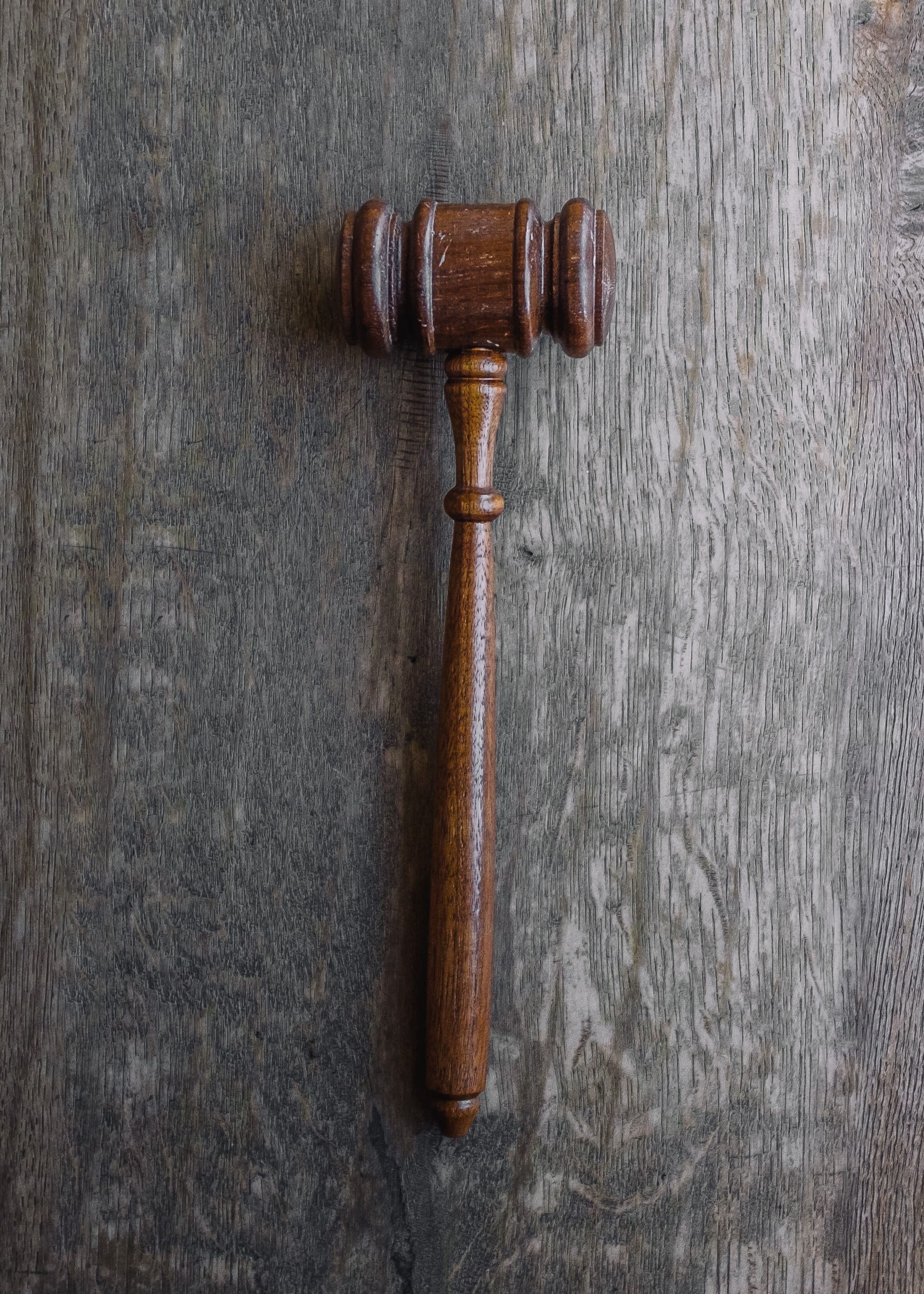DO'S & DON'TS
For A Good Legal Resume

Writing a good resume may be a daunting task for law graduates and even young lawyers seeking to land their dream job at a top legal firm.
A legal resume is unique simply because legal applicants are expected to highlight their broad range of skills compared to a resume for job applications in other industries.
We look at some do’s and don’ts to write a good legal resume worthy to get you one step closer to that legal position you’ve been eyeing all this while!
DO’S
1. Get your basics right
This point may not be rocket science, yet it is a common pitfall in job applications by young job seekers. Needless to say, the failure to provide basic information gives a bad first impression to your prospective employer and the application will most immediately be rejected. A legal resume should contain the following basic information:
- Full name and contact information
Provide your name, address, contact number and email address – avoid using a work email or phone number.
Avoid including personal information which may not have any relevance to your ability to undertake the job at hand, for example, marital status, number of children or even school graduation dates.
- Summary section
This is a brief description of why you are a perfect fit for the job and your legal background. For a chambering position for instance, a short introductory paragraph could be “I graduated from… with a First Class Honours. Given my interest in criminal litigation and human rights advocacy, I am keen to pursue a chambering position in your esteemed organisation which
specialises in such areas of practice."
- Degree classification and marks for subjects taken in law school
Failing to provide your degree classification and marks for subjects taken in your undergraduate level points to one of two things – the classification is either low or you are probably embarrassed to even mention it.
- Technical skills
Include in bullet point form your full range of technical skills (other than MS Word) including specialised ones relevant to the job which gives you an edge over other job applicants.
- Achievements
Be mindful to include any special achievements such as published articles or landmark cases won, etc or awards won during your tenure at a previous company that proves your dedication and commitment as an employee or a legal professional.
- Work history and references
Include the job title, name of company, nature of work done and duration. Brief information and contact details of your references are sufficient. Generally, a prospective employer can gauge an applicant’s commitment by looking at their work history, in particular the years of service in a company. Despite good academic results, employers tend to be put off by job hoppers.
2. Keep it concise and clear
Although working in a legal environment would necessarily mean having to deal with loads of paperwork and documentation, your resume should not resemble a legal brief.
A rule of thumb for a legal resume would be 2 pages. Even if you have vast working experience and other achievements/skills (eg published articles or even technical skills which are highly in demand), the point is to ensure your resume is not too wordy. Why? To avoid your strengths and capabilities going unnoticed. Every word in your resume should highlight your strengths and preferably demonstrate why you are a good fit for the preferred position in a particular law firm.
3. Font size and formatting makes a good first impression
As a general rule, stick to standard fonts such as Times New Roman or Calibri with an average font size 11/12. Using bullet points and short paragraphs with legible font/font size as well as adequate spacing will not only be easy on the eye of your prospective employer; it undoubtedly makes a good first impression!
4. Proofread (several times, if necessary!)
Legal professionals are perceived as having a good command of the English language and an eye for detail. Be mindful to edit and proofread your resume several times or better still get another pair of eyes to proofread your resume for typos and grammatical errors.
DON’TS
1. Flashy colours and graphics
Include a corporate image of yourself as the profile photograph on your resume instead of casual shots taken from Facebook or social media. Avoid using bright-coloured fonts or fancy headings in your resume. Always keep it professional.
2. Sending a soft copy of one standard resume to multiple employers
Always tailor your resume for different job applications/employers. The worst thing to do which kills your chances of being considered is sending a resume to the wrong employer or one standard resume to 20 employers. The email/cover letter should state clearly the subject of your contents, for e.g. ‘Application for the position of an Associate’.
Be mindful of your e-mail etiquette!
3. Specific reasons why you left your previous organisation
Don’t state the specific reasons for leaving your previous employment as this will be dealt with during the job interview stage.
4. Salary information from previous employment
Be mindful not to include salary information from previous employment unless it is a specific requirement of the prospective employer. Salary negotiations would usually take place once you have successfully secured an interview appointment.
5. Avoid using cliché terms
Using terms such as “people person”, “think out-of-the-box” or even “team player” usually points to the contrary. Instead, state specific accomplishments that display these qualities. Be prepared to elaborate on these accomplishments, if asked during the interview stage.


